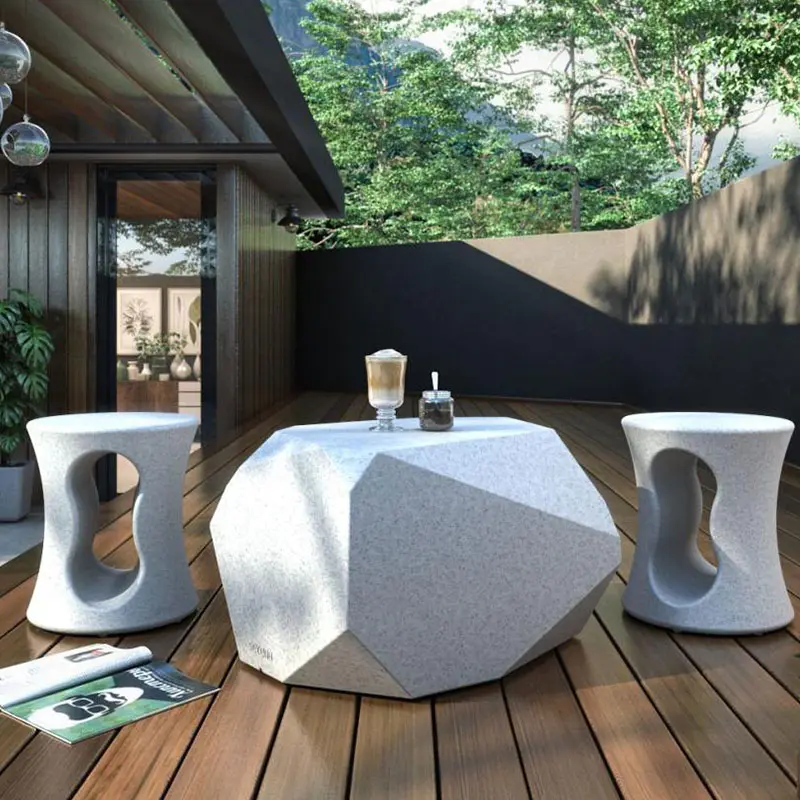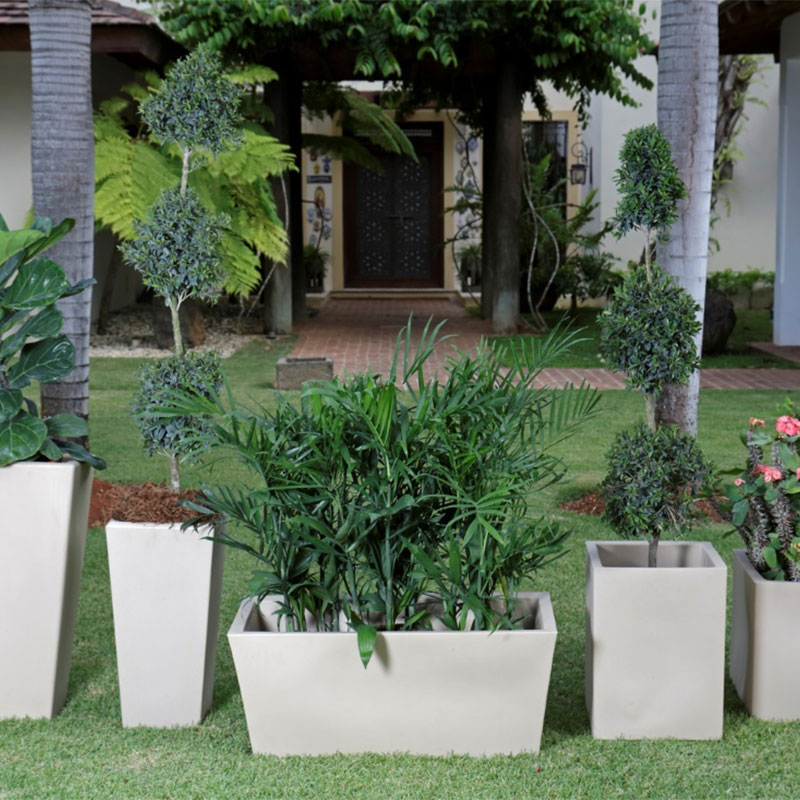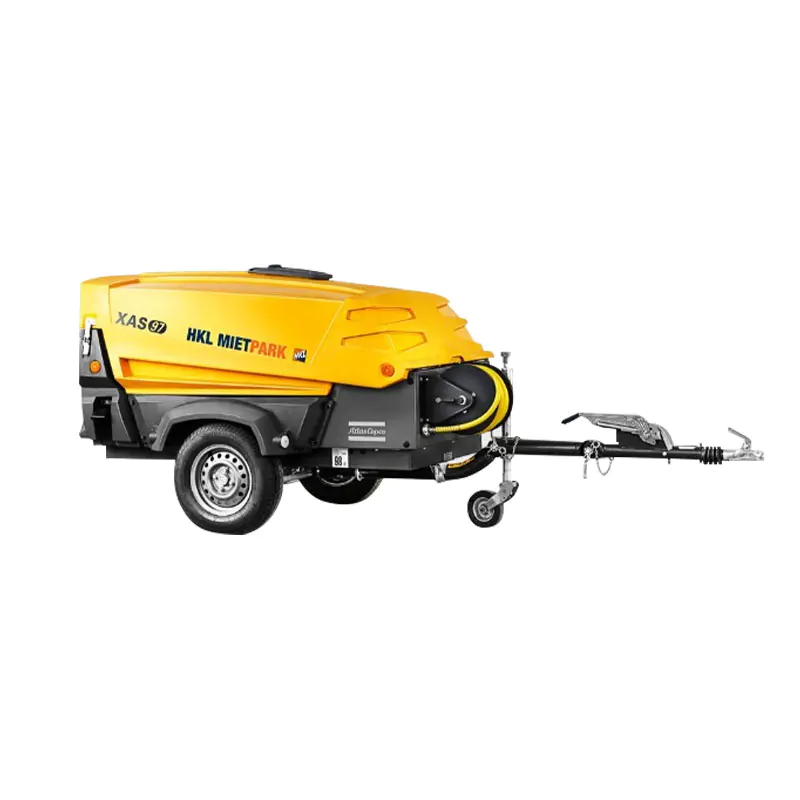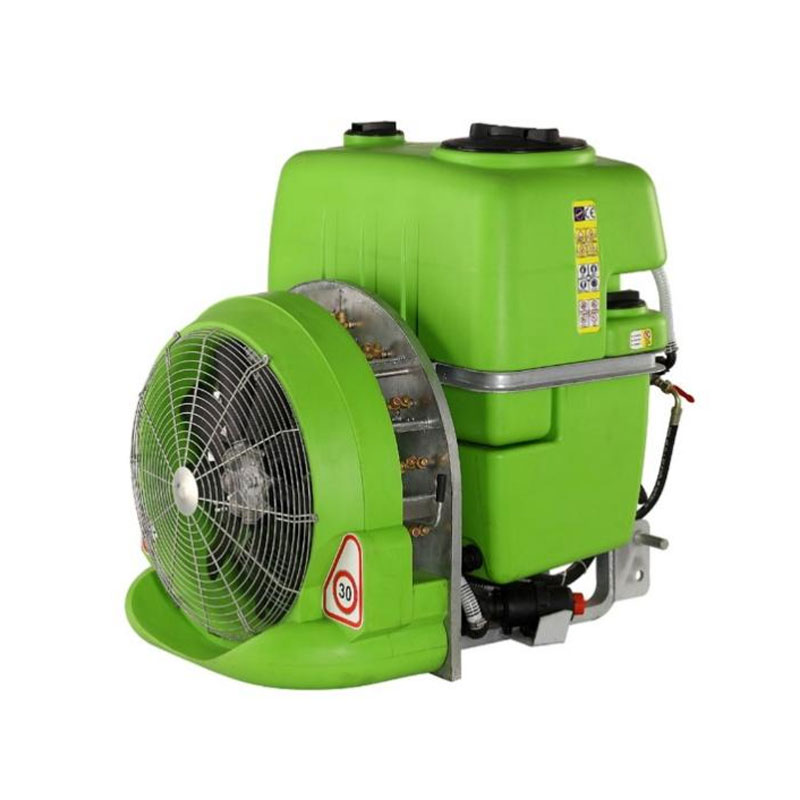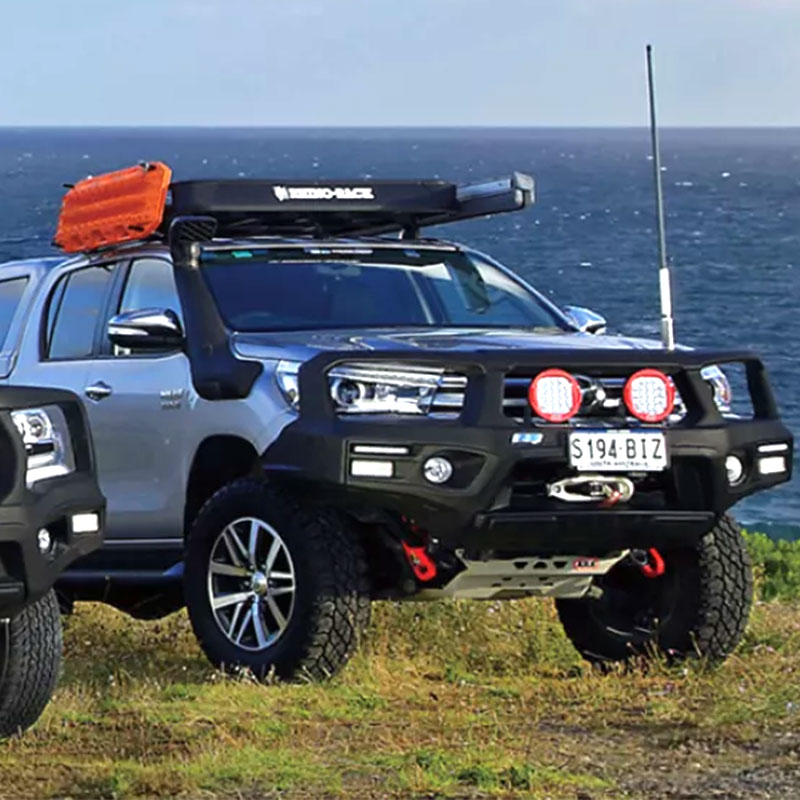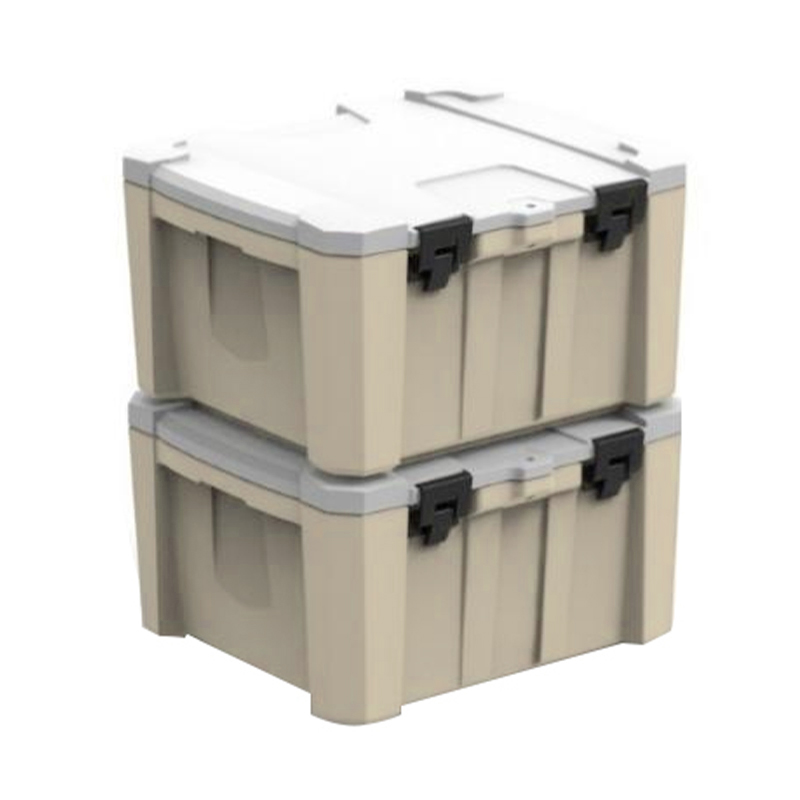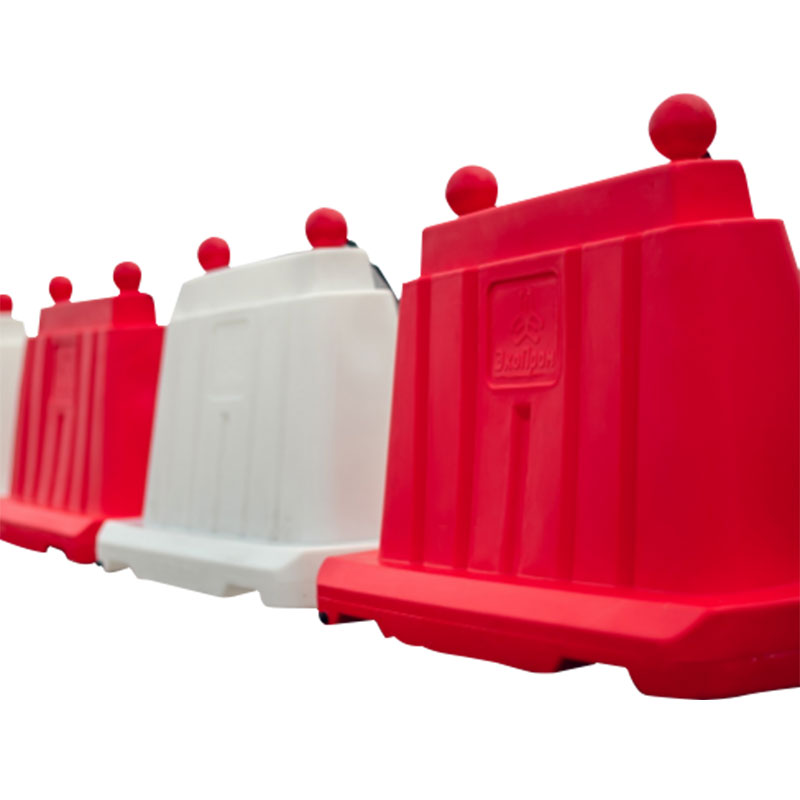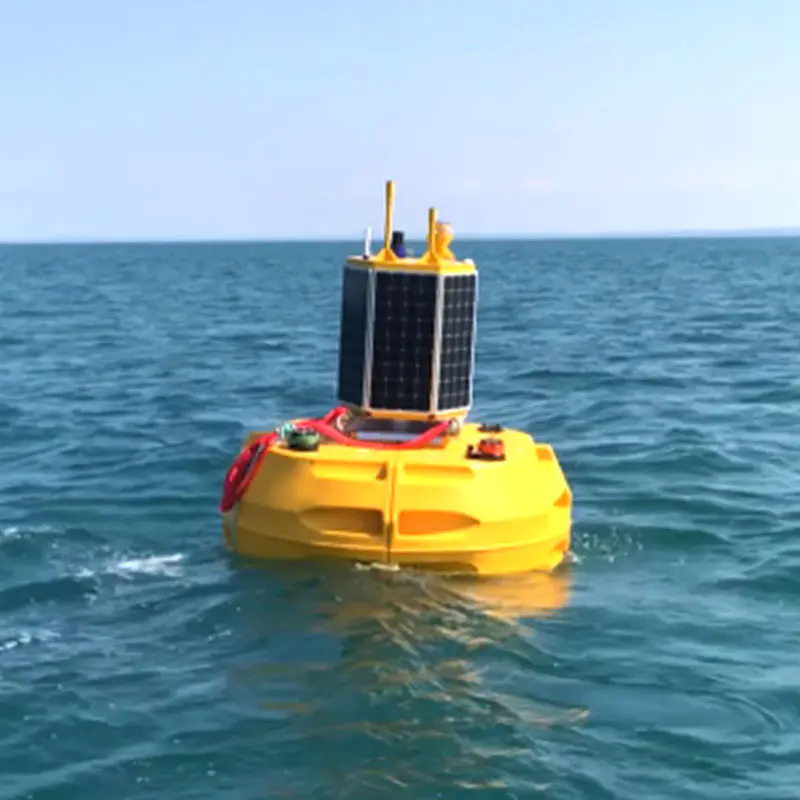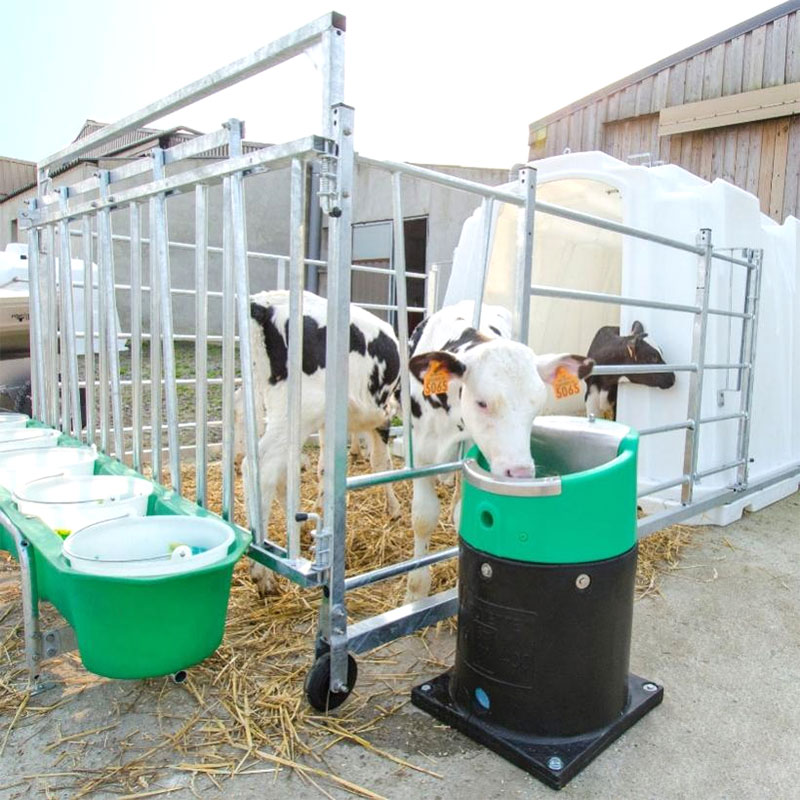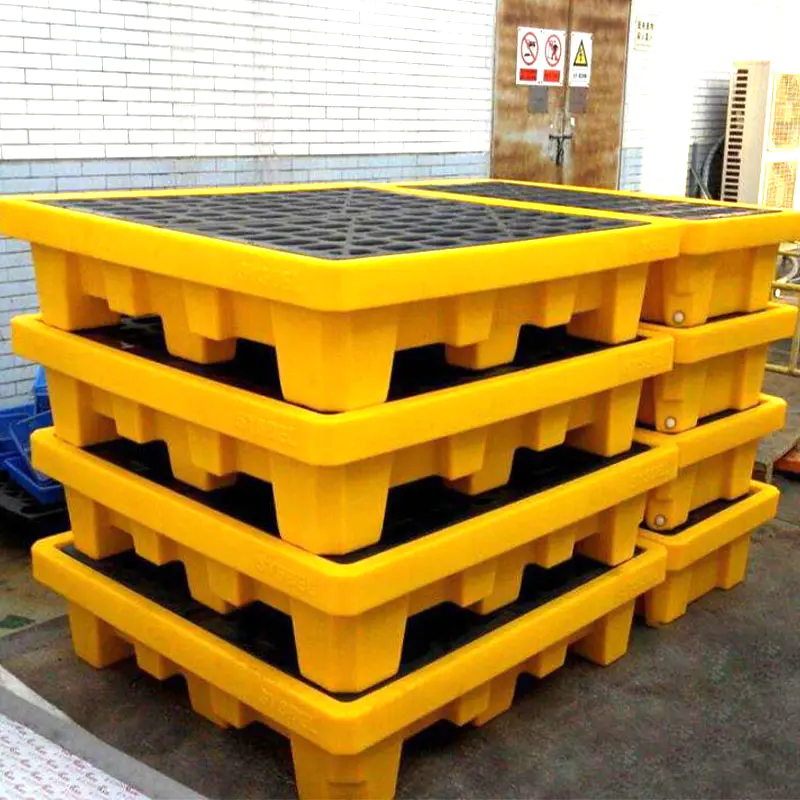The barricade rotational mold process is a widely used manufacturing method for producing durable, lightweight, and uniform plastic barricades utilized in traffic management, construction zones, and public safety applications. The choice of material plays a pivotal role in determining the final product’s mechanical performance, weather resistance, and longevity.
Common Materials Used in Barricade Rotational Mold
Polyethylene (PE)
High-density polyethylene (HDPE) is the most widely used material in barricade rotational mold manufacturing. HDPE provides excellent impact resistance, UV stability, and flexibility, making it suitable for outdoor applications. Its ability to withstand repeated impacts without cracking ensures the barricade remains functional even under harsh conditions.
Low-density polyethylene (LDPE) is occasionally used for specific applications where increased flexibility is desired. However, LDPE is less rigid and may deform under heavy load, which can affect the overall structural stability of the barricade.
Polypropylene (PP)
Polypropylene is known for its chemical resistance and high tensile strength, which allows barricades to withstand exposure to oils, fuels, and other chemicals commonly encountered in industrial environments. In barricade rotational mold applications, PP can be beneficial where chemical exposure is a concern, but it generally offers lower impact resistance compared to HDPE.
Recycled Plastics
The incorporation of recycled plastics in barricade rotational mold production has grown due to sustainability considerations. Recycled HDPE or mixed polyolefins can reduce material costs and environmental impact. However, the performance characteristics of recycled plastics depend heavily on the quality and consistency of the input material. Manufacturers must ensure that recycled plastics maintain sufficient impact resistance and UV stability to meet safety standards.
Other Specialty Materials
Certain specialized polymers or blends, such as UV-stabilized or flame-retardant polymers, can be incorporated into barricade rotational mold applications to address specific regulatory or environmental requirements. While these materials offer additional protective properties, they may affect processing parameters such as heating and cooling rates, which require careful consideration during mold design.
Impact of Material Choice on Structural Performance
Strength and Rigidity
The mechanical strength of barricades is largely determined by the base material. HDPE offers high impact resistance, allowing barricades to absorb force without breaking. In contrast, LDPE or lower-grade recycled materials may exhibit deformation under pressure, potentially compromising safety.
Material selection also influences wall thickness uniformity, a critical factor in ensuring consistent performance across the barricade. Certain materials may flow unevenly during the rotational molding process, leading to weak spots or thin sections, which can reduce overall durability.
Flexibility vs. Rigidity Balance
Barricades must balance flexibility and rigidity. Excessive rigidity can lead to cracks during impact, whereas excessive flexibility may result in deformation under static loads. HDPE generally offers the optimal balance for most barricade rotational mold applications, while polypropylene can provide additional chemical resistance at the cost of slightly reduced impact strength.
Environmental and Weather Resistance
UV Exposure
Outdoor barricades are subjected to continuous UV radiation, which can degrade polymer chains and lead to color fading, brittleness, or surface cracking. Materials like UV-stabilized HDPE resist such degradation, extending the service life of barricade rotational mold products.
Temperature Fluctuations
The thermal properties of the material determine how barricades respond to high heat or freezing conditions. HDPE maintains performance across a wide temperature range, whereas polypropylene may soften at high temperatures, affecting rigidity. Recycled plastics must be carefully evaluated for temperature sensitivity, as impurities may reduce thermal stability.
Chemical and Moisture Resistance
Certain materials, such as polypropylene and HDPE, offer excellent chemical resistance, preventing deterioration when exposed to oil, fuel, or de-icing salts. Moisture absorption is minimal in these materials, reducing the risk of swelling or warping that can occur in less resistant polymers.
Production Considerations in Barricade Rotational Mold
Processability
Different materials exhibit varied flow behavior during the rotational molding process. HDPE has stable melting and flow characteristics, allowing for consistent wall thickness and reduced defects. Materials with inconsistent melting points, such as certain recycled blends, may require adjusted heating cycles to avoid voids or uneven surfaces.
Cooling and Cycle Time
Material choice influences cooling efficiency and overall production cycle time. HDPE cools relatively quickly while maintaining dimensional stability, allowing for faster production. Materials with slower cooling rates may extend cycle times, impacting manufacturing efficiency and cost.
Surface Finish and Color Integration
The ability to incorporate colorants, UV stabilizers, or anti-slip textures is affected by material type. HDPE accommodates a wide range of additives, maintaining surface quality and aesthetic consistency. Polypropylene and certain recycled materials may require additional processing adjustments to achieve the desired finish.
Summary of Material Effects
| Material Type | Strength | Impact Resistance | UV Resistance | Chemical Resistance | Processability | Typical Applications |
|---|---|---|---|---|---|---|
| HDPE | High | Excellent | Excellent | Good | Easy | Standard barricades, outdoor traffic safety |
| LDPE | Medium | Good | Moderate | Moderate | Easy | Flexible barricades, temporary setups |
| Polypropylene (PP) | High | Moderate | Moderate | Excellent | Moderate | Chemical-prone environments, industrial zones |
| Recycled Plastics | Variable | Variable | Variable | Variable | Moderate | Cost-sensitive or eco-friendly barricades |
Conclusion
The performance of a barricade rotational mold is heavily influenced by the material selection, affecting mechanical strength, environmental resistance, and production efficiency. HDPE remains the preferred material for most barricade applications due to its excellent balance of impact resistance, UV stability, and processability. Polypropylene offers benefits in chemical resistance, while recycled plastics provide cost and sustainability advantages but require careful quality control.

 English
English 中文简体
中文简体 русский
русский Español
Español
